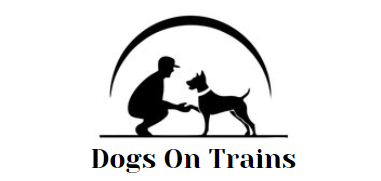Infantile spasms, also known as West syndrome, are a uncommon but severe kind of seizure disorder which typically occurs in babies between 3 to 12 months. The spasms of infants can cause anxiety for parents and caregivers as they manifest as abrupt, jerking movements and can occur in clusters. In order to ensure the best possible outcome, it’s essential that parents and caregivers be aware of the signs.
Videos of infants having seizures may be a valuable resource to parents and caregivers to recognize infantile seizure. These videos can help parents identify the characteristic infantile spasms actions, which are short, symmetrical contractions in the muscles. These are usually focused around the legs and arms. Infants may also display the head-nodding or dropping motion.
Infantile spasms may appear as subtle symptoms which are at first misinterpreted as other infantile behaviors or movements. Infantile spasms are different from normal infant behavior. This is because timely diagnosis and treatments are crucial for a child’s development. You should act immediately if you suspect that your child is suffering from infantile spasms.
:max_bytes(150000):strip_icc()/hands-applying-electrodes-to-baby-for-electroencephalography-183041287-58aca8df5f9b58a3c95cfcfe.jpg)
One of the most significant challenges in the diagnosis of infantile spasms is delay in recognition and referral to the appropriate medical professional. Researchers have found that delays of more than seven days in diagnosing infantile spasms can lead to lifelong developmental impairment. If you notice any symptoms or signs that could indicate infantile spasms, seek medical help immediately.
If you witness your child experiencing spasms, you should capture a video of the episodes to share with your doctor or pediatrician. These videos are a valuable resource for diagnosing information and can be used by health professionals to determine the type and frequency seizures. You can also take the video of your baby along to an emergency department that treats kids when your pediatrician isn’t available.
It is important to recognize infantile spasms as soon as you can, since each day counts in the development of your child. Early diagnosis, treatment and prevention can have a significant impact on the growth of your child as well as reduce any long-term neurologic complications. Parents and caregivers should be vigilant in monitoring the development of their children, and seek medical care when they feel concerned.
Parents and caregivers not only to be aware of the signs but also know the factors that can trigger them and root causes of this disorder. While the exact reason for infantile spasms is not always evident, they may be associated with various neurological conditions and developmental disorders. The most common causes are brain abnormalities and genetic disorders, metabolic disorders, and the perinatal traumas.
The treatment of infantile spasms typically involves a combination between medications and therapies that help control the seizures. Adrenocorticotropic hormone (ACTH) and oral corticosteroids are two of the most commonly prescribed medications employed to treat infantile spasms however other antiepileptic medications could also be prescribed based on the specific needs of the patient.
The child could also benefit from early intervention services like speech therapy, physical therapy, or occupational therapy, to help aid in the growth of the child and address any developmental issues.
Infantile spasms are a serious neurological disorder that requires treatment immediately. Parents and caregivers can to play an important role in the overall health of their child by being aware of the signs associated with infantile sprains, and rushing to act. If you think your child may be experiencing spasms in the infant, do not be afraid to seek medical attention and advocate for appropriate evaluation and treatment. Every day is important in achieving more positive developmental outcomes for children with infantile spasms.
